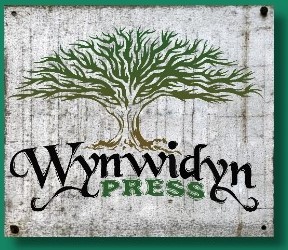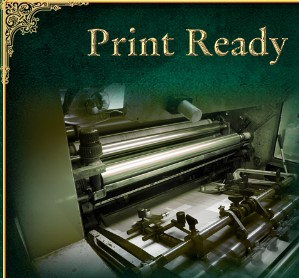 |
 |


Interior pages are printed in black, usually on 60# acid-free white or cream paper. Heavier weight, high-gloss or matte paper may be used for full color printing.
Soft cover covers are printed in full
color using 80# cover stock which can also be laminated to achieve a more
glossy, durable finish.
Unless otherwise required, Book sizes are often to 5.5 x 8.5 or 6 x 9.